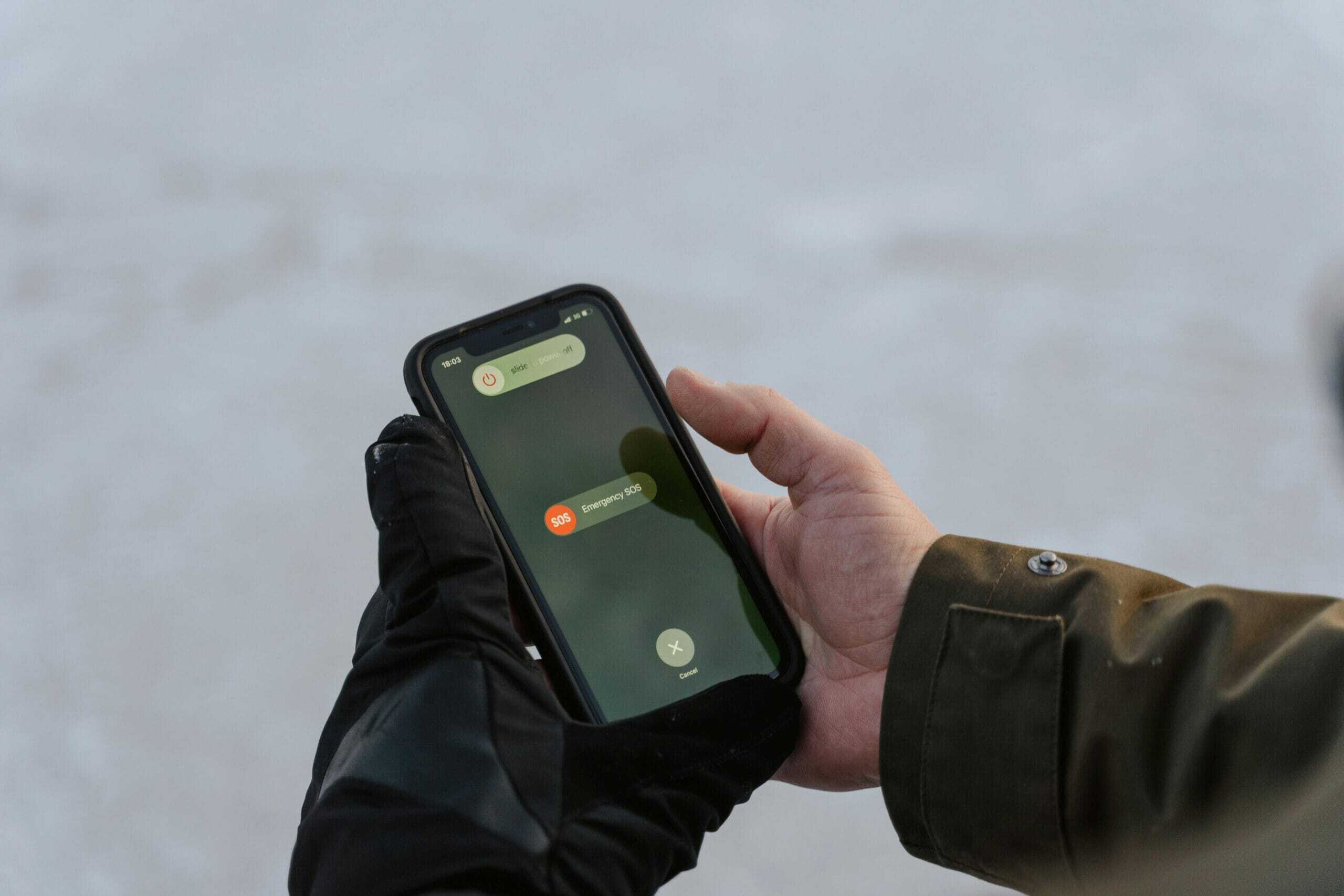
As of January 6, 2025, there is no nationwide lockdown in India. Recent reports of five Human Metapneumovirus (HMPV) cases have sparked public interest and concern. These cases were identified in Karnataka (2), Gujarat (1), and Tamil Nadu (2). However, health experts and officials assure that the situation does not warrant drastic measures such as a lockdown.
What is HMPV?
HMPV, a respiratory virus, is not new to India. Present in the country for over two decades, the virus causes symptoms similar to the common cold, such as a runny nose, sore throat, cough, and fever. While most cases are mild, HMPV can pose a risk to vulnerable groups, including infants, the elderly, and those with compromised immune systems.
The virus spreads through respiratory droplets from coughing or sneezing, as well as contact with contaminated surfaces or infected individuals.
Social Media Buzz
Despite official reassurances, the detection of these cases has ignited social media discussions, with hashtags like #Lockdown trending as netizens recall the challenging days of the COVID-19 pandemic. However, Union Health Minister JP Nadda clarified that there is no need to panic. The government is well-prepared to manage any potential rise in respiratory illnesses.
Expert Opinions
Health professionals emphasize that HMPV does not have the same transmission or severity as COVID-19. They advise the public to follow standard preventive measures, such as:
- Practicing good hand hygiene.
- Wearing masks in crowded places.
- Avoiding close contact with symptomatic individuals.
Staying Safe
Although there is no vaccine for HMPV, experts suggest that existing flu shots or prior COVID-19 vaccinations may provide some level of cross-immunity. The government urges citizens to remain vigilant, adhere to health guidelines, and rely on verified information channels.
Conclusion
While HMPV’s emergence has led to heightened awareness, the situation remains under control. Health officials continue to monitor developments closely, ensuring public safety without resorting to extreme measures. For now, maintaining precautionary practices is the best way to stay protected.





